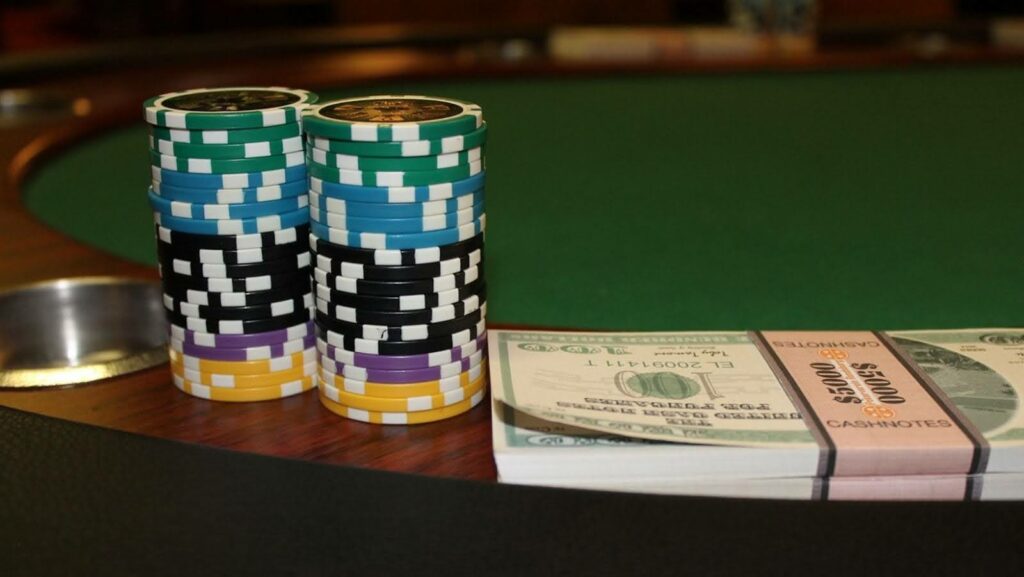Introduction
When I pull up a chair at a blackjack table, all I can think of is turning the odds in my favor. The fact is that blackjack is not just a game of chance but also of both ability and approach. Unfortunately, with so many approaches available today, how do I ascertain which ones truly work and which are too good to be true? Our chart for blackjack will be your compass into the world of blackjack strategy and help separate myth from truth, with which you can make smart decisions at the table.
Getting Started With Blackjack
Blackjack, also famously referred to as 21, is a card game where players compete against the dealer rather than each other. The objective of this game is not to allow your card’s hand value to cross 21, at the same time, it needs to be higher than that of the dealer. The game is played with either one or several decks of cards. Dealing begins with two cards dealt to each player, who can then “stand” or “hit.” Other cards retain their face value, except that aces are for one or eleven, at the player’s discretion, while the face cards—kings, queens, and jacks—become ten-point cards.
Basic Strategy: A Basis for Brainy Play
At the very core of any game of blackjack are the basic strategies that help attain success. I don’t propose this to be some magic formula for guaranteed wins, but it is a set of guidelines put together in a way that helps you realize the statistically correct decision in every eventuality. My strategy is based on the premise that each possible combination of my hand and the dealer’s upcard generally has an optimal move that could be hitting, standing, doubling down, or splitting.

The basic strategy chart is a tried-and-tested output of thousands of simulations and calculations that maps the best possible move against the dealer’s upcard for each hand combination. Take the example that if I have a 16 and the dealer is showing a 10, then the thumb rule of basic strategy says to hit. The reason? Because the chances are I will bust, but I also have a much higher possibility of the dealer having a hand better than mine. A good example of this is that if I have an 11 and the dealer is showing a 6, I absolutely must double down on that opportunity, where the dealer is presenting me with a losing position.
So, what is the legitimacy of this strategy? Have some faith. Although it definitely won’t make players rich overnight, the basic strategy reduces the edge of the casino to as low as 0.5%. However, this strategy does not suggest that it is flawless. It takes a consistent, disciplined approach to actually draw the most out of its worth. If you are greedy and stray from the chart, you’re likely to see your winnings tank.
Whatever approach you take, you need to stay cognisant of the importance of gambling safely and responsibly. Even the best strategies will inevitably let you down at times, and high-reward approaches carry high risks.
Card Counting: To Do or Not to Do?
The most well-known and controversial blackjack strategy is card counting, exalted in films such as “21” and commemorated in the life stories of professional players. The idea is really that simple: a player only needs to track the cards that have been played and, matching that, bet accordingly on what is more likely to come up. If a lot of high cards:
- Tens
- Jacks
- Queens
- Kings
- Aces
are in the deck, then the edge goes to the person playing, and he or she really should bet more.

On the other hand, with the richness of the deck in low cards, bet very conservatively.
The real question with card counting is the matter of its execution. Casinos are very much aware of card counting and apply several countermeasures to it, including multiple decks with continuous shuffling and eagle-eyed pit bosses. While not exactly illegal per se, most casinos have banned many players of whom they might have had the slightest suspicion. So, while being quite a viable strategy, effective execution does come with rather good risks and requires high amounts of skill and concentration.
Conclusion
While there is no foolproof and guaranteed method to be a champion of blackjack, I believe proper application of tactics can do a great deal to improve one’s chances. Any player needs to be familiar with basic strategy because doing so reduces the house edge and also forms the basis of smart play. Card counting does require talent and experience, but it does offer a slight advantage to the counter so long as he or she can avoid detection.
But more than these, at the root of blackjack, there is this essential intuitive dimension—that I’ve felt is as much about instinct as about mathematics. Wagering a calculated risk, digging in, or knowing when to fold are the roots of the game. But most importantly, it probably taught me one major lesson: sometimes it’s best just to walk away. It’s never a good trait to have—that instinctive appetite for the kill. Whether the Gods of good luck have blessed you or you just seem to have been dealt a bad hand, knowing when to finally cash in is almost an art within itself.


